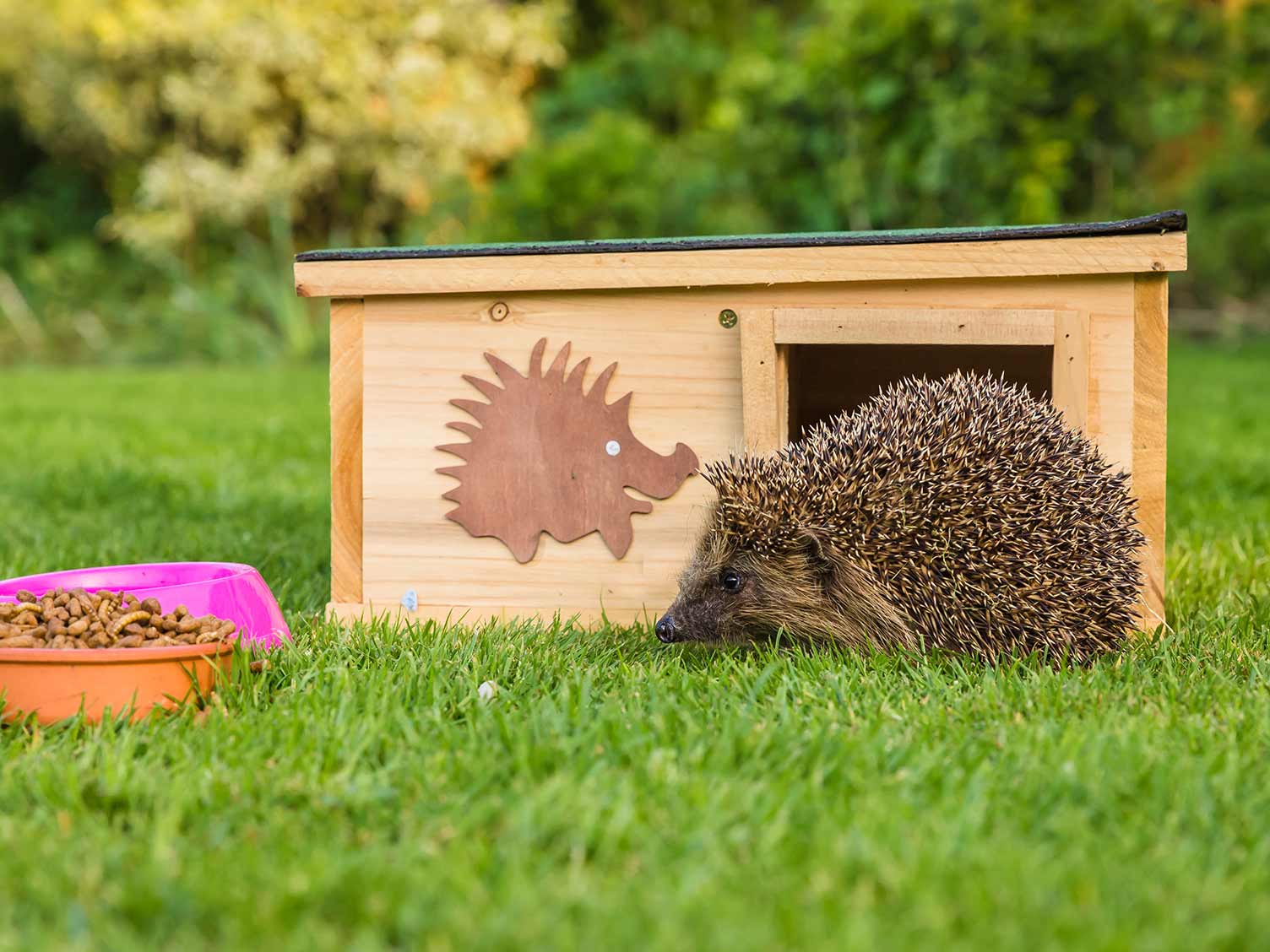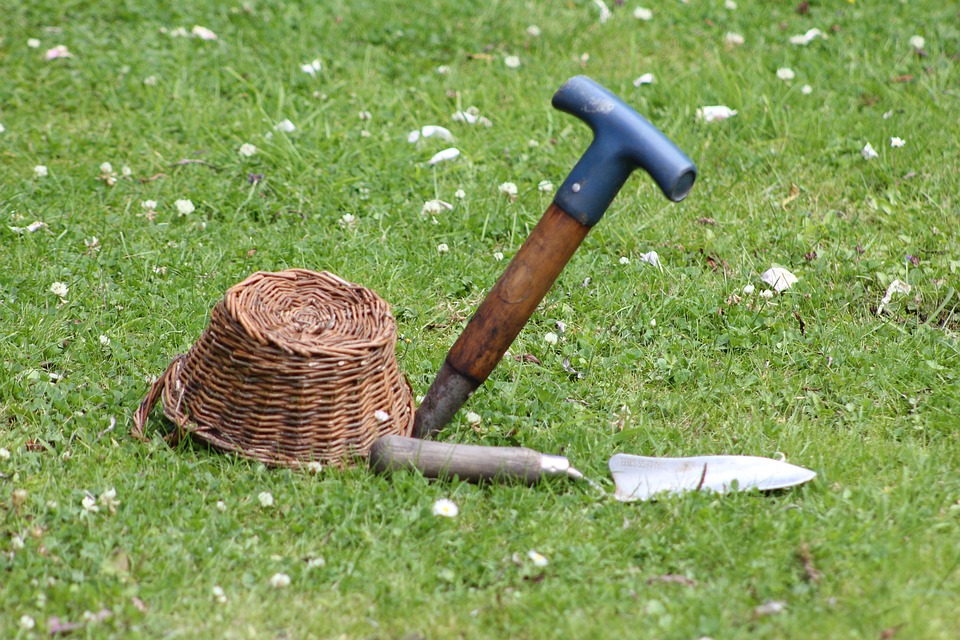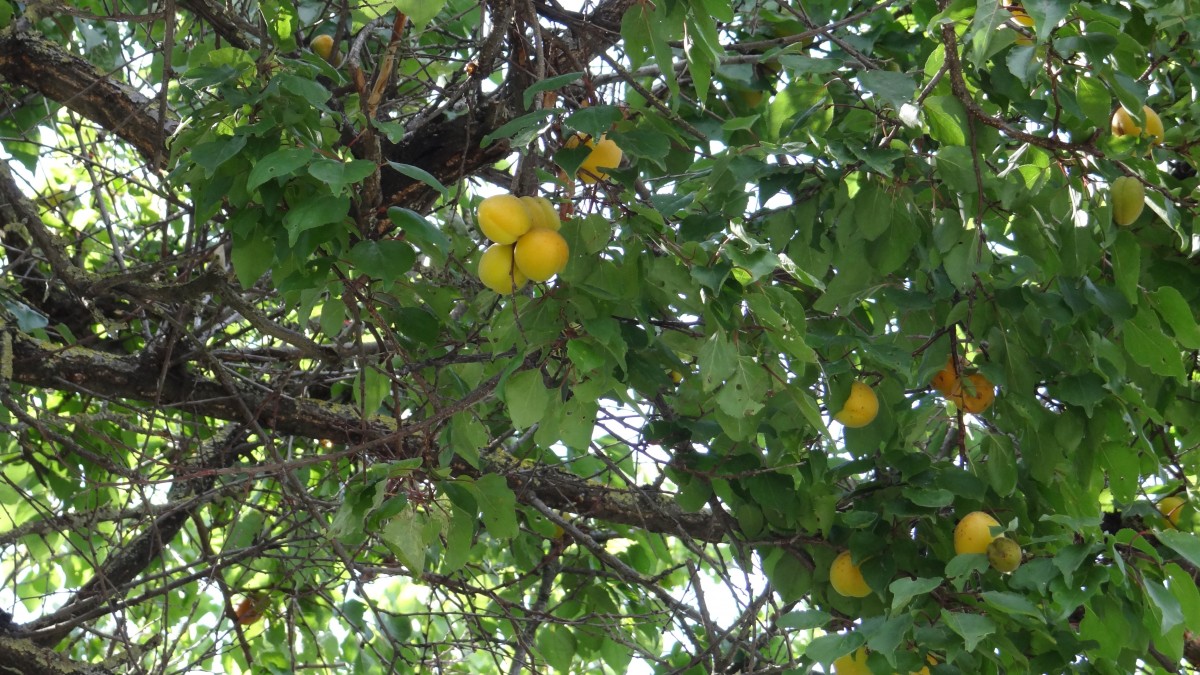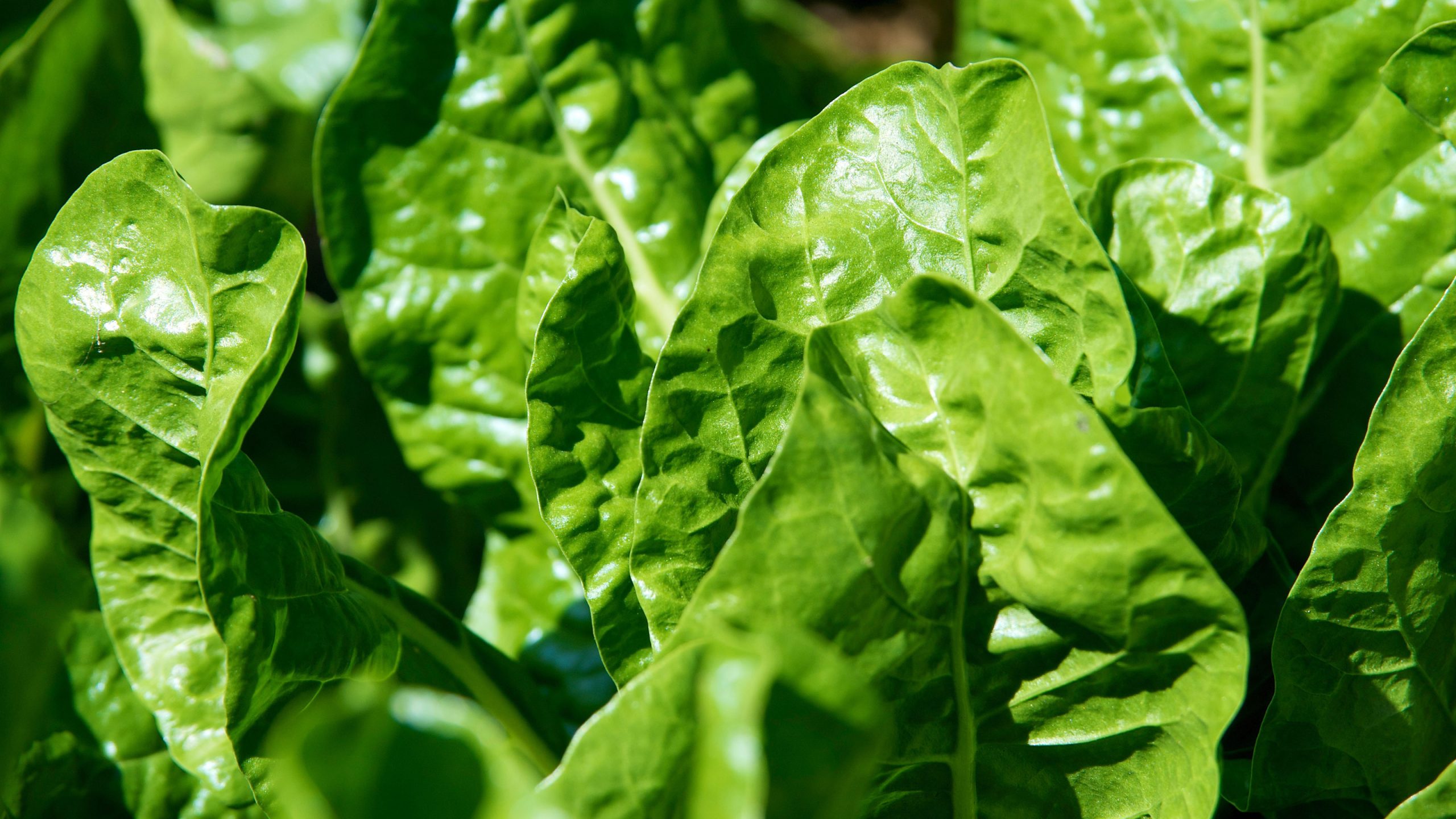Known as the gardener’s friend because of their penchant for eating snails and other pests, hedgehogs used to be a common sight in our gardens. Nowadays, however, they face an uphill battle for survival. There are a number of reasons for this, including the increase in housing developments, traffic, pesticides and the loss of hedgerows. According to the Wildlife Trust, the number of hedgehogs has dropped by 30% in just 10 years. What can we do to help? Here are a few suggestions for making your garden a hedgehog habitat:
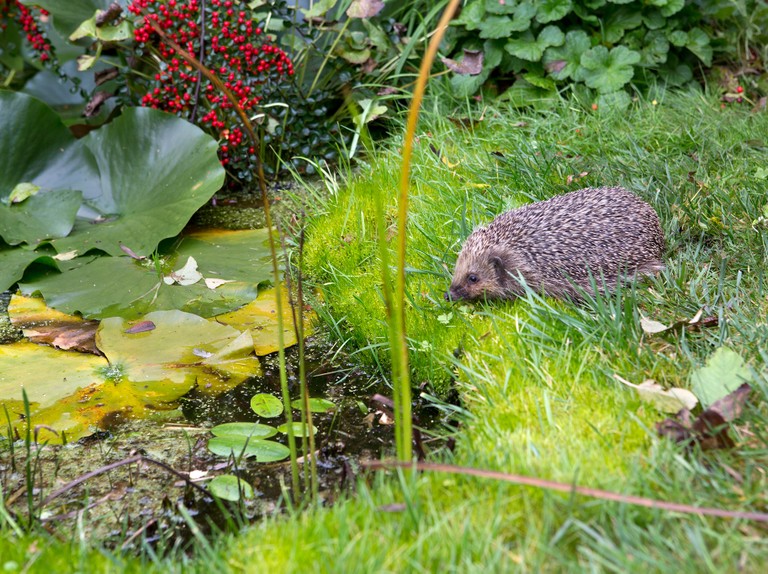
Provide shelter
If you are putting up a new shed, home office or garden workshop, try to leave a space of at least 30cm between the shed, office or workshop and your garden fence or wall. This creates a potential nesting place for boars who want to mate or hibernate. You can lean a wooden board against the wall of your garden shed to create a cozy shelter, or you can even buy a special hedgehog house. Place some fallen leaves and dried grass in it as litter.
Create a corridor for wildlife
Hedgehogs sometimes travel miles a night in search of food, nesting sites and mates, but they are often stopped by closely packed garden fences and walls. Creating a five-inch square opening at the base of your fence, or digging a small channel under it, will give hedgehogs the freedom they need to forage on a large scale.
Feed them
Help hedgehogs build up their reserves for hibernation by leaving food behind. This can include sunflower seeds, finely chopped boiled eggs, crushed nuts, dried mealworms, sultanas, and dog or cat food with poultry flavor in jelly. You can also buy special hedgehog food. Avoid bread and milk, as this can lead to a potentially fatal stomach upset. Don’t forget to provide a bowl of water.
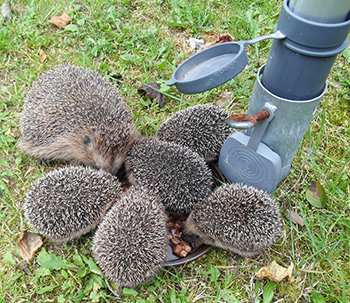
Go composting
Compost is great for feeding your garden plants, but also for providing a comfortable shelter for hibernating hedgehogs. Flower and shrub beds covered with mulch from your compost bin attract woodlice, worms and beetles, which pigs love to feed on, while piles of tree trunks can provide a home for delicious insects such as centipedes and earwigs. Always check for signs of small animals, such as holes in the entrance and droppings, before disturbing the compost bin.
Let it grow
Manicured, overly tidy gardens make it difficult for small critters to find food and shelter, so don’t cut the lawn too short or trim your hedge to the inch. Leave a corner of your garden clear so hedgehogs can use twigs, tree trunks and fallen leaves to build their nest.
Growing many different types of flowers and shrubs is also helpful for hedgehogs, as it increases their food source by attracting a wider variety of wildlife. Raised beds are ideal for this – you can fill them with special compost to grow plants that might not otherwise survive in your normal garden soil.
Go green
Avoid using pesticides, especially slug pellets, which can kill pigs if they eat snails with pellets in them. Instead, make a slug trap by burying half a grapefruit in a flower bed and filling it with beer.
Make your garden safe
Hedgehogs are curious by nature but have poor eyesight, which can be a fatal combination. Help them out of trouble by covering drains and ditches in your garden – and if you make a bonfire, light it right away before the little critters can take up residence there. Ponds can be another problem. Use stones, bricks or wooden planks to create a sloping edge so they can climb out safely. Finally, always check for hedgehogs before cutting long grass.
These small steps can make a big difference to the survival of our prickly friends, and give you a warm glow of success on the way. So why not give it a try?
